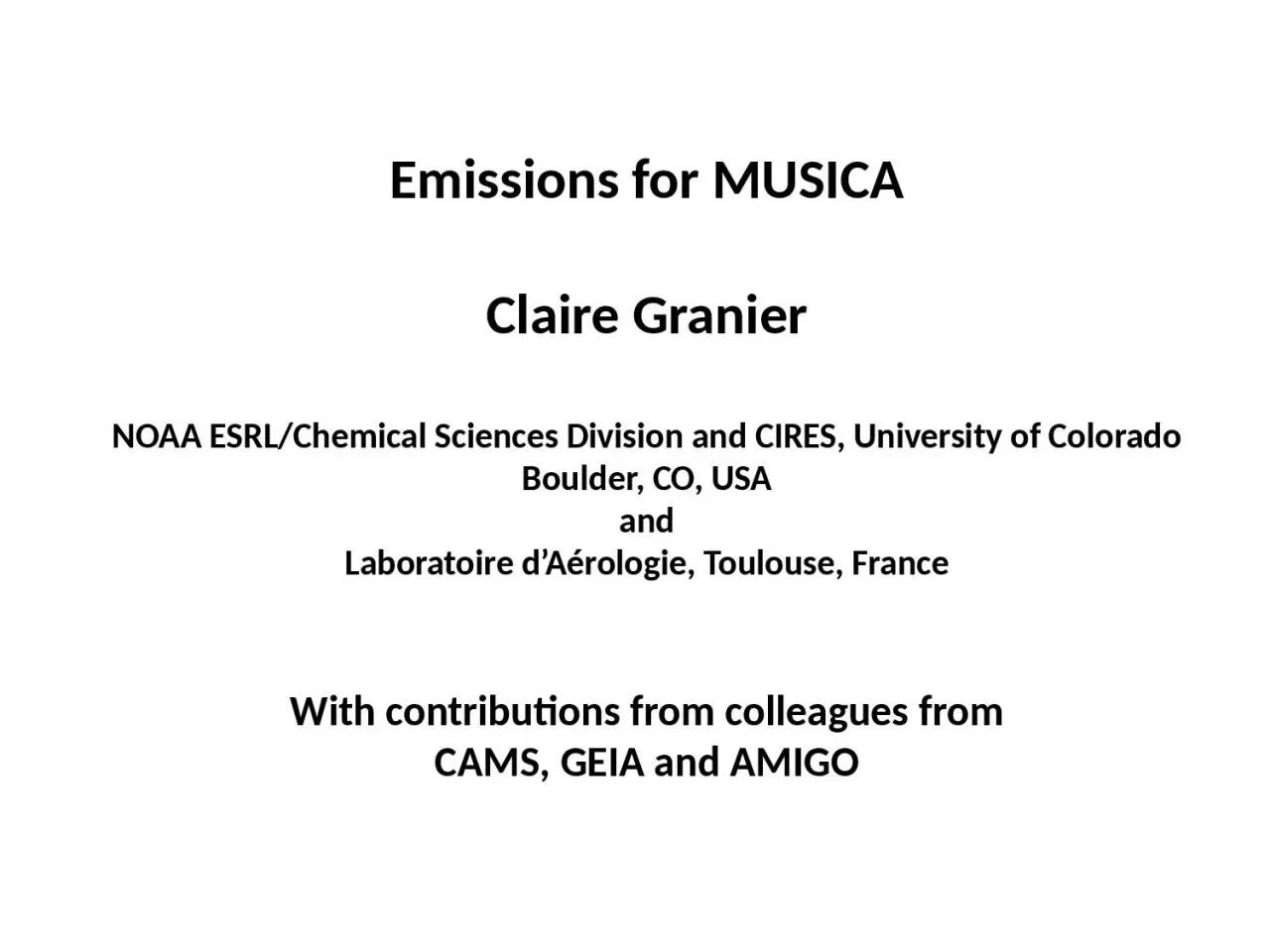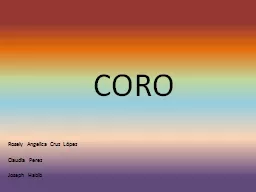PPT-Emissions for MUSICA Claire
Author : ximena | Published Date : 2023-12-30
Granier NOAA ESRLChemical Sciences Division and CIRES University of Colorado Boulder CO USA and Laboratoire dAérologie Toulouse France With contributions from
Presentation Embed Code
Download Presentation
Download Presentation The PPT/PDF document "Emissions for MUSICA Claire" is the property of its rightful owner. Permission is granted to download and print the materials on this website for personal, non-commercial use only, and to display it on your personal computer provided you do not modify the materials and that you retain all copyright notices contained in the materials. By downloading content from our website, you accept the terms of this agreement.
Emissions for MUSICA Claire: Transcript
Download Rules Of Document
"Emissions for MUSICA Claire"The content belongs to its owner. You may download and print it for personal use, without modification, and keep all copyright notices. By downloading, you agree to these terms.
Related Documents














